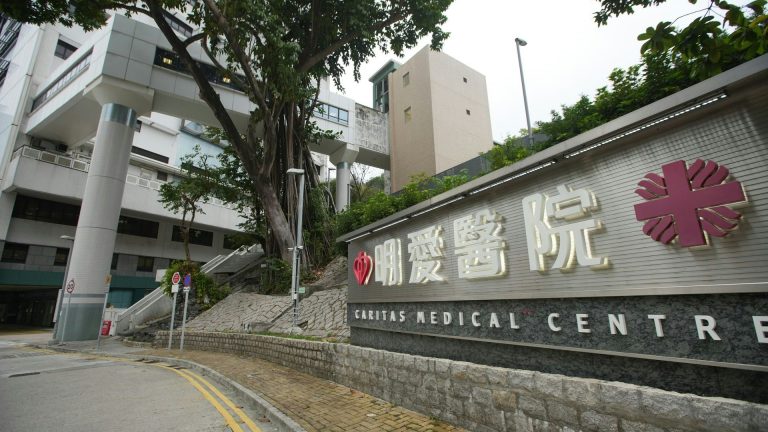Medical Mishap: When Surgical Precision Goes Awry
In a recent incident at Caritas Medical Center, a routine surgical procedure took an unexpected turn, highlighting the complex challenges medical professionals face during intricate laparoscopic surgeries. On June 27, 2025, the hospital disclosed a medical accident involving a 48-year-old female patient whose fallopian tube was mistakenly removed during what was intended to be a straightforward appendectomy.

The patient’s medical journey began on June 17 when she was admitted to the surgical ward with abdominal pain. An initial abdominal CT scan revealed early appendicitis, mild colitis, and a small cyst adjacent to her right fallopian tube. Emergency surgery was scheduled for that same night, performed by a doctor in advanced surgical specialist training.
During the operation, complications emerged. Bleeding occurred at the surgical site, and the cyst near the fallopian tube was torn. The surgeon promptly consulted a deputy consultant and an obstetrician and gynecologist from Queen Margaret Hospital. While they successfully managed the bleeding and determined the cyst didn’t require removal, something more significant went unnoticed.
Initially, the patient’s condition appeared stable, and she remained hospitalized for observation. Tissue from the procedure was sent for pathological examination. However, on June 23, her clinical picture changed—she developed a low-grade fever and increasing abdominal pain. A follow-up CT scan revealed a startling discovery: the appendix was still present, and the pathology report confirmed that the previously removed tissue was, in fact, her fallopian tube.
Preliminary investigations suggest the surgical error occurred due to tissue adhesions near the surgical site, which complicated the identification of anatomical structures. The doctor mistook the fallopian tube for the appendix—a critical misidentification with significant implications for the patient.

Caritas Medical Center has responded transparently to the incident. They have initiated a comprehensive review of their laparoscopic surgery protocols, focusing on staffing, work allocation, and supervisory guidelines. A root cause analysis committee has been established to investigate the circumstances thoroughly, with a detailed report and improvement suggestions expected within eight weeks.
The hospital has also committed to strengthening training for frontline medical staff to enhance patient safety. The incident has been formally reported to the Hospital Authority Head Office through their Early Incident Reporting System, demonstrating a commitment to accountability and systemic improvement.
This event is not isolated. The hospital’s recent history includes another concerning incident in March 2025, where a patient died after being given a solid meal mistakenly, attributed to communication issues between medical staff. These incidents underscore the critical importance of rigorous protocols, clear communication, and continuous professional development in healthcare settings.
The Hospital Authority is simultaneously exploring broader systemic improvements, including a proposed two-tier responsibility system that would empower hospital CEOs and Department Heads to replace underperforming staff within three months.
For patients and medical professionals alike, this incident serves as a poignant reminder of the intricate nature of surgical procedures. While modern medical technology has made incredible advances, human factors—precision, communication, and continuous learning—remain paramount in ensuring patient safety.
As Caritas Medical Center moves forward, their transparent approach and commitment to investigating and preventing such incidents offer hope for systemic improvement in healthcare delivery.












